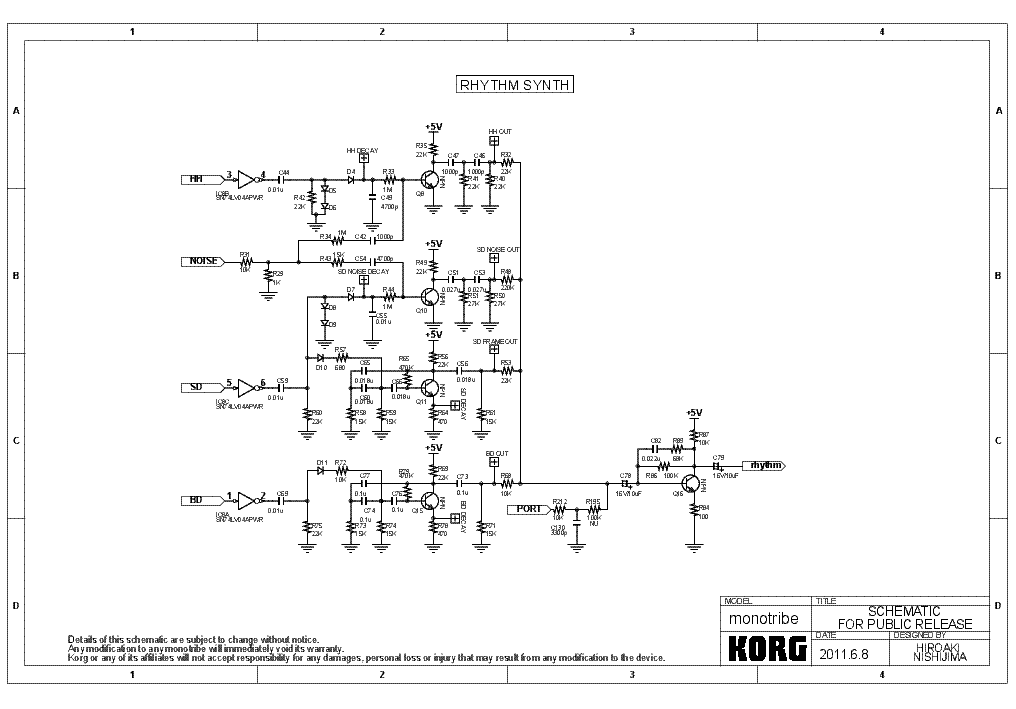

WARNING: All tube amplifiers contain lethal voltages.

That being the case, I've re-drawn the necessary sections here and present them in both a “before" and “after" version, which should make it a bit easier to see exactly what's going on. The definition was not quite good enough for print, and even though I also searched the web, I could not find a better version. There have been so many iterations and re-issues of the Vox AC30 over the years, so thanks for being very specific as to which model you have and even supplying the schematic! There was one small issue I ran into regarding the schematic, however. Thanks for reading, and glad you're getting some useful information from the column. Or should I save my lunch money and get a Lone Star Special?Īny other thoughts or ideas on the Vox? Appreciate it! Would a setup like that work and get me into Mesa/Boogie, 800-pound violin territory, or would I end up with distorted mush? Foot-switchable would also be way cool. I was looking at the schematic the other day and wondering if it would be practical to run the normal channel's output from V1 through a switched jumper of some kind to the top boost's input on the other triode of V1 to cascade the channels. I run the amp with the two channels patched together, and one channel cleaner than the other. It's bright and I play a Fender through it, so I've done some minor modifications to take some of the brightness out of it-nothing major. At the moment, I'm using some of your ideas rebuilding a Pignose G40V. For example, by connecting a cable from one the normal channel inputs to one of the brilliant channel inputs, you can use both channels’ volume knobs and blend to taste.Great articles. If there’s not quite enough top end for your taste, you can jump the channels on models with two inputs for each of the normal and brilliant channels. U2’s The Edge, for example, has traditionally kept fans behind his AC30s for this reason. The originals are great but they have a tendency to um, catch fire. My personal advice: nothing beats the ‘90s reissues for tone and consistency.

Later models include the Custom Series and the 2007 Handwired model and these have garnered some attention. That said, the Custom has earned a Guitarist’s Choice rating on Music Radar, so it does have its fans. Unlike previous versions, the Custom contains a solid-state rectifier rather than a GZ34 valve and hardcore aficionados will argue that this had a negative effect on the amplifier words like “paper-y” and “thin” were used as descriptions. In 2004, Vox created the Custom Classic Series, and production was moved to China at some point thereafter. A complete history of Vox AC30 is a story for another day, but Korg bought Vox in the early ‘90s and these reissues became some of the most consistent, well put-together, and sought after versions of the amplifier.


 0 kommentar(er)
0 kommentar(er)
